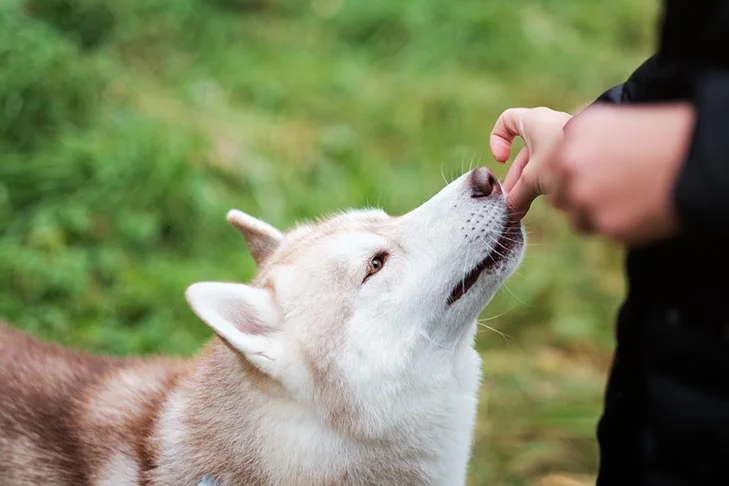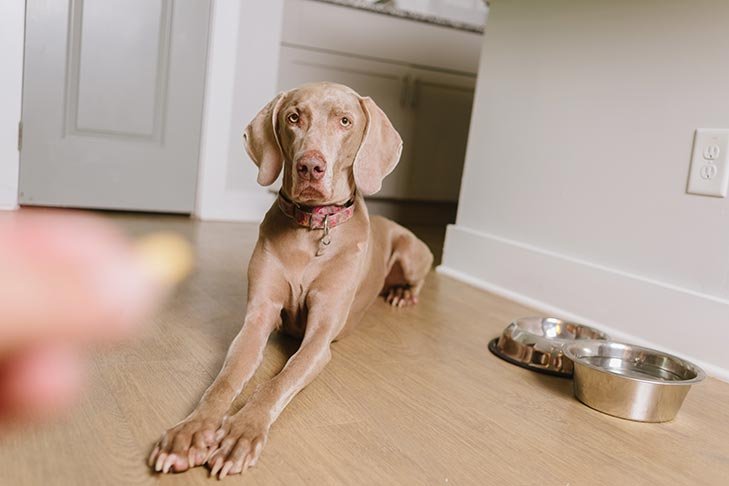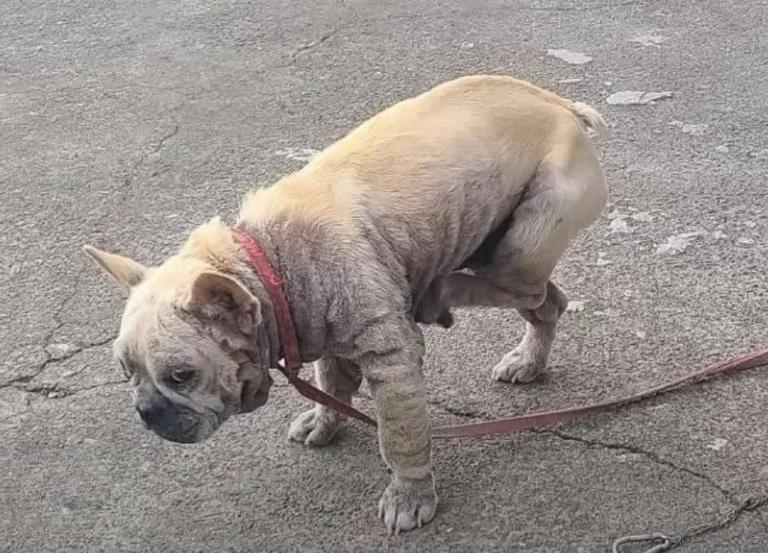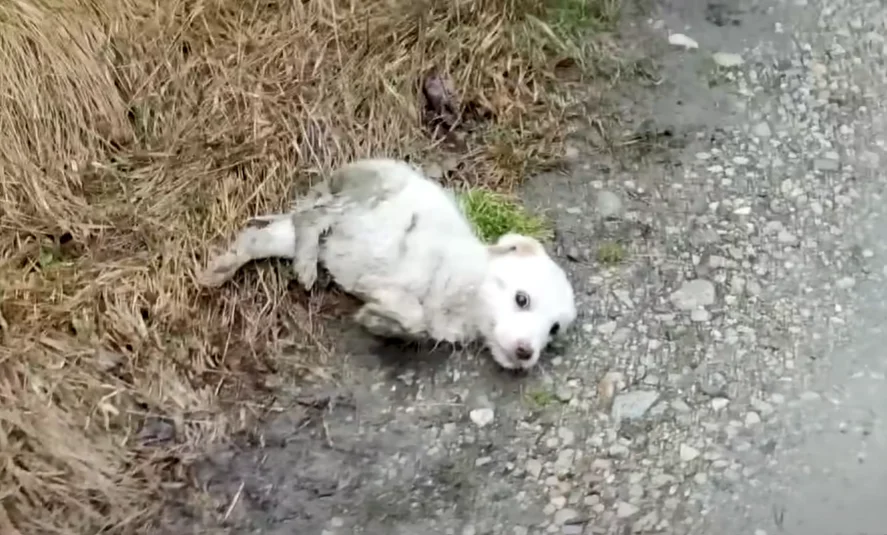Training is a crucial aspect of responsible dog ownership, whether you’re new to dog care or have had many dogs before. It helps your dog develop good behavior, integrates them into human environments, and strengthens your relationship. Dog training involves both art and science, with its own set of terms and concepts. Here’s a guide to some common dog training terminology to help you understand and navigate the process more effectively.

Behavior Modification
Behavior modification involves systematically changing a dog’s response to specific stimuli. Techniques such as desensitization and counterconditioning are commonly used to help dogs become more comfortable with situations that previously caused them distress, shifting their emotional response from negative to positive.
Capturing
Capturing is a method where you reward your dog for performing a behavior naturally, without any prompting. For instance, if you want your dog to learn to yawn on cue, you would mark and reward them when they yawn on their own. Over time, your dog will start to associate the behavior with the reward and may begin to perform it more frequently.
Classical Conditioning
Classical conditioning involves forming an association between two events. This concept was popularized by Pavlov’s experiments with dogs. For example, if your dog starts to salivate when they hear the sound of their food bag, they have learned that the sound signals mealtime.

Cue
A cue is a signal given to prompt a specific behavior from your dog. Cues can be verbal commands, hand signals, or even environmental prompts. For example, you might use the word “sit” or a hand gesture to signal your dog to sit. When a dog reliably responds to a cue, it means the behavior is under stimulus control.
Distance, Duration, and Distraction
These three factors, known as the “three D’s,” impact how well a dog can perform a behavior. Distance refers to how far away you are from the dog when giving a cue, duration is how long the dog must maintain the behavior, and distraction involves any external factors that could affect their performance. Dogs often struggle to generalize behaviors to new conditions, so each of these factors should be trained separately before combining them.
Extinction
Extinction occurs when a behavior that was previously reinforced is no longer rewarded, causing the behavior to gradually diminish. For example, if you stop giving treats for begging at the table, your dog will eventually stop begging. However, be aware of “extinction bursts,” where the behavior might temporarily increase before it decreases.

Jackpot
A “jackpot” refers to an exceptionally high-value reward given to a dog for a particularly good performance. This can help reinforce outstanding behavior and encourage your dog to continue performing well.
Luring
Luring involves using a treat or toy to guide your dog into performing a desired behavior. For example, you might move a treat in a circular motion to get your dog to spin. The key is to gradually fade the lure so that the dog learns to respond to the cue alone, without the need for a visible reward.
Marker and Clicker
A marker is a signal used to indicate the exact moment a dog performs the correct behavior. It can be a sound, word, or gesture that communicates to the dog that they are about to receive a reward. A clicker is a specific type of marker that makes a distinct clicking sound. Markers help the dog understand what behavior is being rewarded.

Operant Conditioning
Operant conditioning is a learning process where a dog learns to associate their actions with consequences. For example, if your dog jumps up and you ignore them, they learn that jumping does not get attention. Conversely, if they sit calmly and receive praise, they are likely to repeat the calm behavior.
Punishment
Punishment involves applying a consequence to decrease a behavior’s occurrence. Positive punishment adds an aversive element (e.g., a firm “no” or a spray of water), while negative punishment removes something desirable (e.g., withdrawing attention). Both forms of punishment can be harmful and are generally discouraged in favor of more positive methods.
Reinforcement
Reinforcement increases the likelihood of a behavior being repeated. Positive reinforcement adds a rewarding element, such as treats or praise, when a desired behavior is performed. Negative reinforcement involves removing an aversive condition, like easing pressure on a leash when the dog stops pulling.

Primary and Secondary Reinforcers
Primary reinforcers are naturally rewarding, such as food or water. Secondary reinforcers acquire their value through association with primary reinforcers, like verbal praise or a clicker. Over time, secondary reinforcers can become powerful motivators on their own.
Reward
A reward is anything your dog finds valuable that increases the likelihood of a behavior being repeated. Rewards are subjective and can vary based on the individual dog’s preferences. What works as a reward for one dog might not be effective for another.

Shaping
Shaping involves teaching a behavior by reinforcing successive approximations toward the final goal. For example, to teach a dog to roll over, you might first reward them for lying on their side, then for completing a full roll, gradually reinforcing each step.
Target
Targeting involves teaching a dog to touch a specific object with part of their body, such as their nose or paw. This technique is useful for guiding a dog’s movements in training exercises and can also aid in behavior modification by redirecting their focus.
Understanding these terms will help you better navigate the world of dog training and communicate more effectively with your canine companion.




